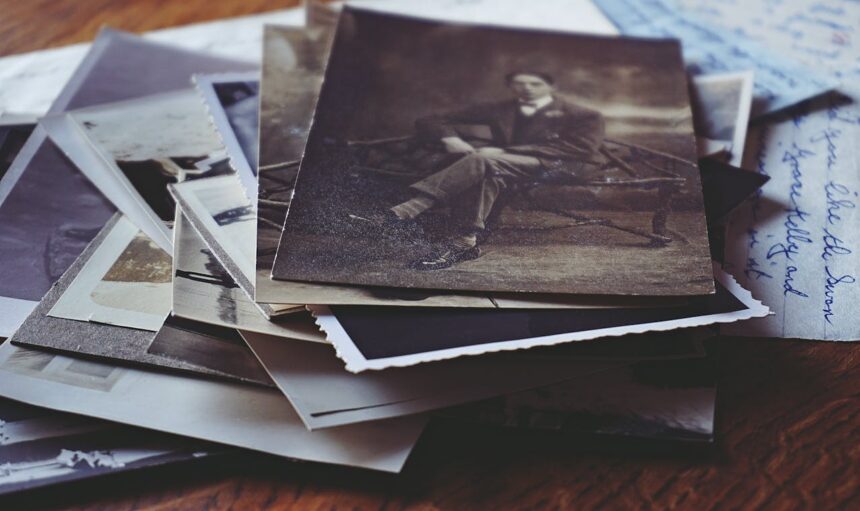From sepia-toned portraits to faded family snapshots, vintage photos evoke a sense of nostalgia and history. But have you ever wondered what gives these old photographs their distinct brown tint? The answer lies in the use of brown pigment, a key element in the development process of early photography. In this article, we’ll take a closer look at the role of brown pigment in vintage photos and its impact on our understanding and appreciation of these treasured images.
What is Brown Pigment?
Brown pigment is a type of coloring agent used in the production of photographic prints. It is derived from natural materials such as iron oxide, copper sulfate, and tannins. In the early days of photography, brown pigment was commonly used to create sepia-toned prints, which were popular due to their warm, vintage aesthetic.
The History of Brown Pigment in Photography
The use of brown pigment in photography dates back to the 19th century when photographers began experimenting with different methods of developing images on paper. At the time, photographers primarily produced photographs through a process called albumen printing, where they coated a thin layer of egg white onto paper before exposing it to light-sensitized materials. This method created black and white images but allowed for manipulation to produce various shades and tones by adding different coloring agents.
It wasn’t until the 1880s that sepia toning, using brown pigment, became a popular technique for producing photographs. This was due to its ability to make prints more stable and durable, as well as its distinctive warm-toned appearance.
Why is Brown Pigment Used in Vintage Photos?
Apart from its aesthetic appeal, there are several reasons why brown pigment was commonly used in vintage photos:
- Improved Stability: One of the main reasons for using brown pigment in vintage photos was to improve their stability and longevity. The use of natural materials like iron oxide made the prints less susceptible to fading or discoloration over time.
- Cost-Efficient: Compared to other coloring agents like gold or platinum, brown pigment was a more affordable option for photographers. This made it widely accessible and popular among both professionals and amateurs.
- Consistency: Brown pigment produced consistent results, making it easier for photographers to achieve a uniform look across their prints. This was especially important in the early days of photography when techniques were still being refined.
The Impact of Brown Pigment on Vintage Photos
The use of brown pigment has had a significant impact on how we view and interpret vintage photos. Here are some ways in which it has influenced our perception of these historical images:
- Aesthetic Appeal: As mentioned earlier, sepia-toned photographs have a warm, nostalgic aesthetic that adds to their appeal. The use of brown pigment played a crucial role in creating this unique look, making these images instantly recognizable as vintage.
- Historical Significance: Brown pigment has become synonymous with the early days of photography and has come to represent a particular era in our history. Vintage photos often hold sentimental value and serve as important visual documents of the past.
- Emotional Connection: The warm tones of brown pigment can evoke feelings of nostalgia and sentimentality, adding an emotional aspect to how we view vintage photos. It allows us to connect with the subject matter on a deeper level, bringing these old images back to life.
The Future of Brown Pigment in Photography
With advancements in digital imaging technology, the use of traditional coloring agents like brown pigment has become less common. However, it still holds a special place in the hearts of many photographers and enthusiasts who appreciate its unique qualities and historical significance.
Furthermore, recent developments in printing techniques have made it possible to recreate the sepia-toned look using modern materials and processes. This allows for a combination of old and new methods, preserving the vintage aesthetic while adapting to changing times.
Conclusion
In conclusion, brown pigment has played an integral role in shaping the world of vintage photography. Its use has not only enhanced the aesthetic appeal of these images but also contributed to their longevity and historical significance. As we continue to embrace digital technology, let’s not forget the impact that traditional coloring agents like brown pigment have had on the art and history of photography. So the next time you come across a sepia-toned photograph, take a moment to appreciate the fascinating world of brown pigment that lies beneath its surface. So, these were some interesting facts about Brown Pigment in Vintage Photos. We hope this article has provided insight into this lesser-known yet crucial element in the development of early photography. Keep exploring and cherishing those vintage images!
Frequently Asked Questions
1. What is a sepia tone?
Sepia tone refers to a warm brown tint applied to photographs, typically used in vintage prints to enhance their aesthetic appeal and make them more enduring.
2. How did photographers apply brown pigment?
Photographers used brown pigment during the sepia toning process, which involved treating black and white images with solutions containing pigments to achieve various shades of brown.
3. Are modern printing techniques using brown pigment?
While traditional brown pigments are less common in today’s digital photography, modern printing techniques can replicate sepia tones using contemporary materials.
4. Why are vintage photos significant?
Vintage photos are significant as they serve as visual documentation of history, evoke nostalgia, and reflect the artistic practices and cultural values of their time.






